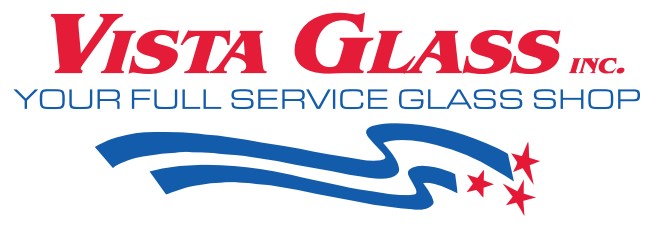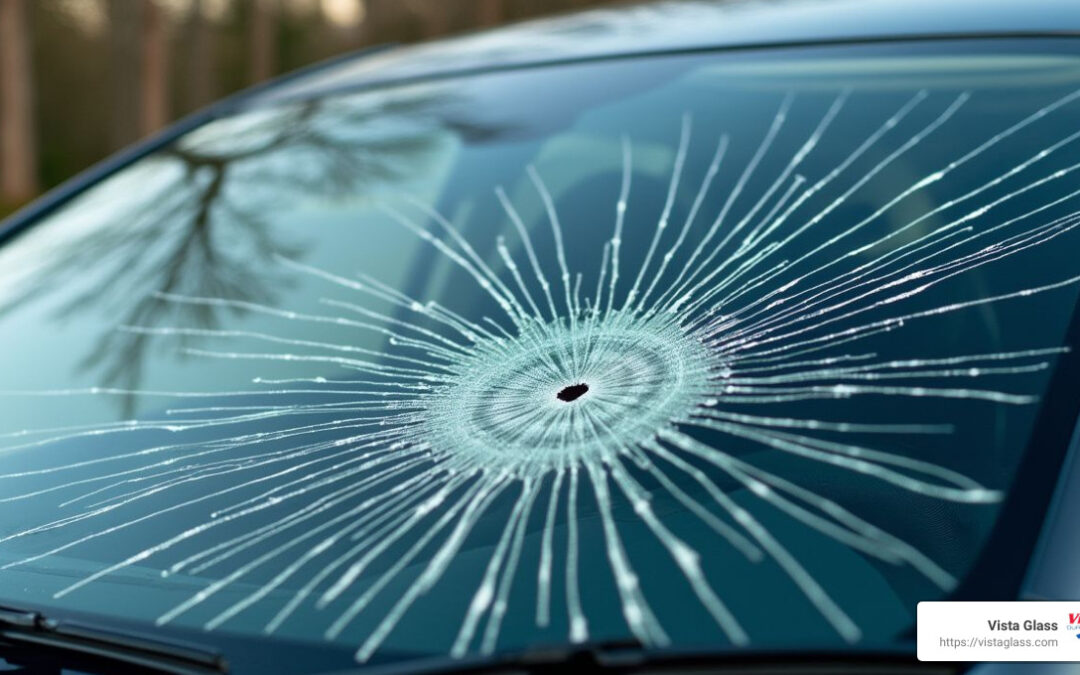A windshield crack can be a minor inconvenience or a major safety issue, depending on its size and location. Windshield repair is crucial for maintaining the structural integrity of your vehicle and ensuring the safety of everyone inside. Small cracks or chips may seem harmless, but if left unchecked, they can spread and impair visibility, leading to dangerous driving conditions.
Understanding when and how to repair a windshield is key to avoiding costly replacements. This guide will walk you through the steps of windshield repair, the different methods available, and when it’s best to consult a professional. Whether you’re dealing with a small chip or a larger crack, learning the proper techniques can save both time and money while keeping your vehicle in top condition.
Understanding the Causes of Windshield Cracks
Windshield cracks are more common than most people realize, and they can occur for a variety of reasons. One of the primary causes is flying debris, such as stones, gravel, or even pieces of wood, that are kicked up by other vehicles on the road. These impacts can leave small chips that may grow into larger cracks over time. Another common cause is temperature changes.
When your vehicle experiences extreme shifts in temperature, like turning on the heater or air conditioner during a cold or hot day, the rapid expansion and contraction of the glass can result in cracks or chips. Additionally, natural wear and tear or accidents can also contribute to windshield damage. Understanding the underlying causes can help you avoid situations that may lead to cracked glass, reducing the need for frequent repairs and ensuring your safety while driving.
Identifying Different Types of Windshield Damage
Windshield damage comes in many forms, each requiring specific attention and repair methods. The most common types of damage include chips, cracks, and stress fractures. A chip is typically a small, localized break in the windshield’s surface, often caused by a stone or gravel striking the glass. Cracks, on the other hand, are lines that spread from an impact point, which can range from small surface cracks to large, spiderweb-like patterns.
Stress fractures, which occur due to pressure, temperature changes, or even the natural settling of a vehicle, can appear as long, straight lines. Recognizing the type of damage is essential, as not all damage can be repaired with resin. In many cases, damage located in the driver’s line of sight or across a larger surface area may require a full windshield replacement. Understanding the types of windshield damage can help you make informed decisions on repair versus replacement.
How Windshield Cracks Affect Vehicle Safety
While a windshield crack may seem like a minor issue, it can have significant safety implications. A cracked or chipped windshield can severely compromise the strength of your vehicle’s structural integrity. In the event of a crash, the windshield supports the roof and helps maintain the car’s overall framework, absorbing and distributing crash forces. A cracked windshield is more likely to shatter upon impact, reducing its ability to protect you and your passengers.
Additionally, a crack can obstruct your view of the road, making it harder to spot obstacles, pedestrians, or other vehicles, which increases the risk of accidents. Cracks near the edges of the windshield can also weaken the glass, causing it to break under minimal pressure. If you’re driving with a damaged windshield, your car’s safety features, like airbags, may also not function properly, further increasing the dangers associated with cracked glass.
When to Repair vs. Replace Your Windshield
It can sometimes be difficult to determine whether your windshield needs a repair or a full replacement. Minor chips or cracks smaller than three inches in diameter, particularly those not in the driver’s line of sight, can usually be repaired without the need for a complete replacement. In these cases, the crack is sealed with a resin that prevents it from spreading. However, if the crack is larger than three inches, located in a critical area, or if the damage is extensive, replacement may be the best option.
A replacement is also recommended if the damage obstructs the driver’s view, as even a small chip in the line of sight can impair visibility and increase the risk of accidents. Ignoring cracks or attempting to repair them with improper methods may lead to further damage, making it more costly and time-consuming to resolve in the future. A professional inspection can help determine whether your windshield needs to be repaired or replaced.
The Repair Process: What to Expect
The windshield repair process is typically quick and efficient, especially for minor damage. The technician will start by cleaning the damaged area to remove any dirt, debris, or moisture, as these elements can interfere with the repair process. A special resin is then injected into the chip or crack using precise equipment designed to apply the material evenly.
The resin fills the damaged area and bonds with the glass, restoring the strength and integrity of the windshield. After the resin is applied, ultraviolet (UV) light is used to cure it, hardening the material and ensuring that it seals the crack or chip. Finally, the technician will polish the repair site to remove excess resin and smooth the surface for a seamless finish. This process typically takes under an hour, making it an ideal solution for those looking to avoid the cost and time of a full windshield replacement.
Professional vs. DIY Windshield Repair Options
While DIY windshield repair kits are available, they often fail to deliver the same level of quality and durability as professional services. DIY kits typically involve applying resin to the damaged area, which can sometimes lead to uneven application, air bubbles, or improper curing, ultimately resulting in a less effective repair. Professionals, on the other hand, have specialized equipment and years of experience to ensure that the repair is done correctly.
They also know how to handle more complex damage that might require a specialized technique. Although DIY repair kits can work for small chips or cracks, they are not recommended for larger, more complicated damage or for those who are unsure of their ability to apply the resin properly. Professional repair services guarantee a higher quality of workmanship, often coming with a warranty to ensure that the repair lasts.
Preventing Future Cracks and Damage to Your Windshield
Prevention is always better than dealing with repairs and replacements later. One of the most effective ways to protect your windshield is by maintaining a safe driving distance from other vehicles, especially on highways where flying debris is common. Another useful preventive measure is regularly inspecting your windshield for small chips or cracks and addressing them as soon as possible. The sooner you catch damage, the easier and less expensive it is to repair.
You can also protect your windshield by avoiding drastic temperature changes, such as quickly turning on the defroster during winter or using cold water on a hot windshield. For those living in areas prone to severe weather, applying a protective coating or film to your windshield can help shield it from debris and impacts. Regular maintenance and preventive measures can significantly reduce the risk of cracks and extend the life of your windshield.
Conclusion
At Vista Glass, we know how crucial it is to maintain a clear, undamaged windshield for your safety and the protection of your vehicle. If you notice any cracks, chips, or stress fractures in your windshield, don’t wait to address the issue. Our experienced team in Tucson is here to provide fast, reliable windshield repair services that restore your windshield to its original condition.
Whether it’s a small chip or a larger crack, Vista Glass uses high-quality materials and expert techniques to ensure a seamless repair. Don’t compromise your safety with a damaged windshield—contact Vista Glass today and let us help you get back on the road safely. Our team is ready to assist you with all your windshield repair needs in Tucson!

